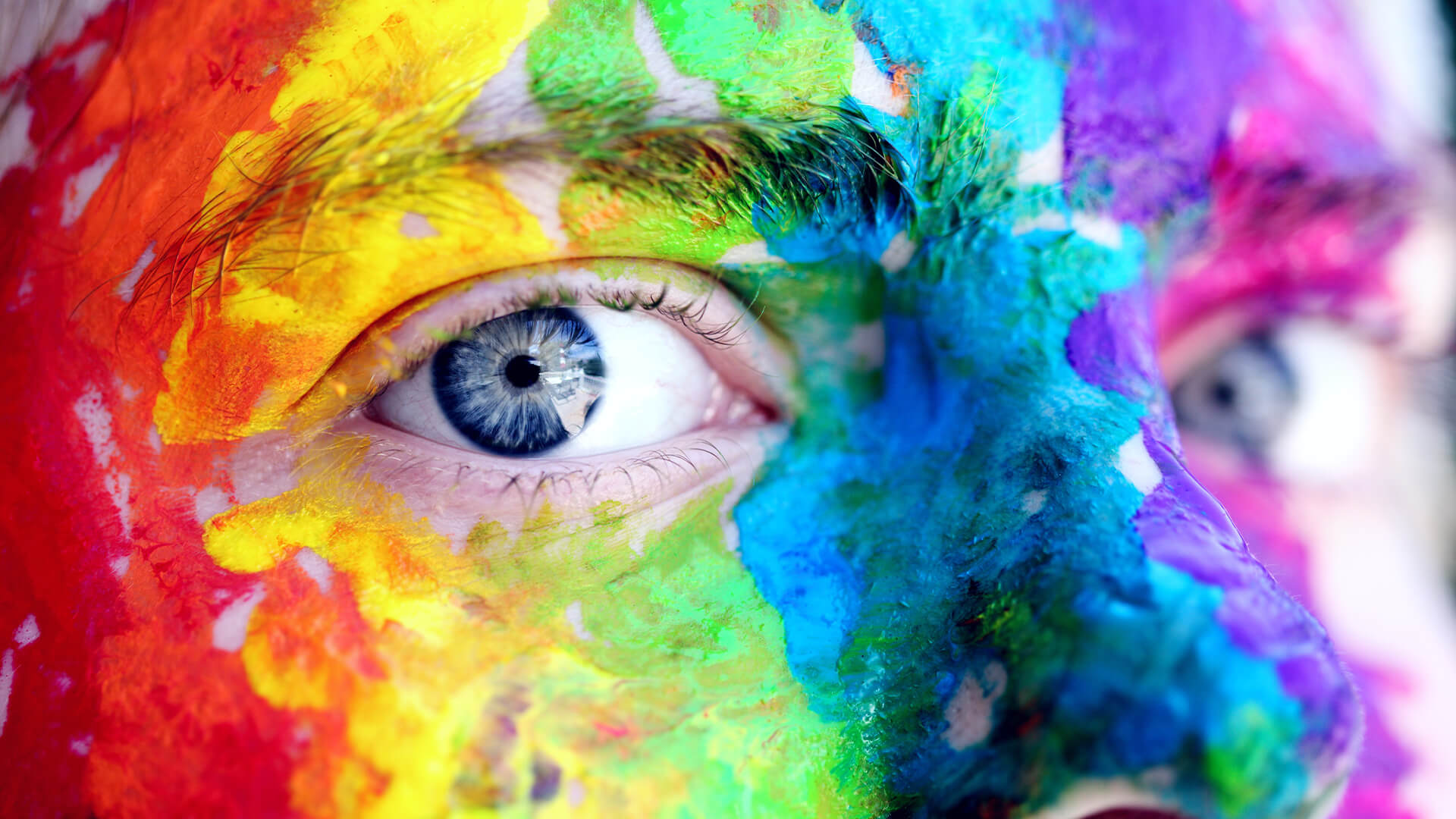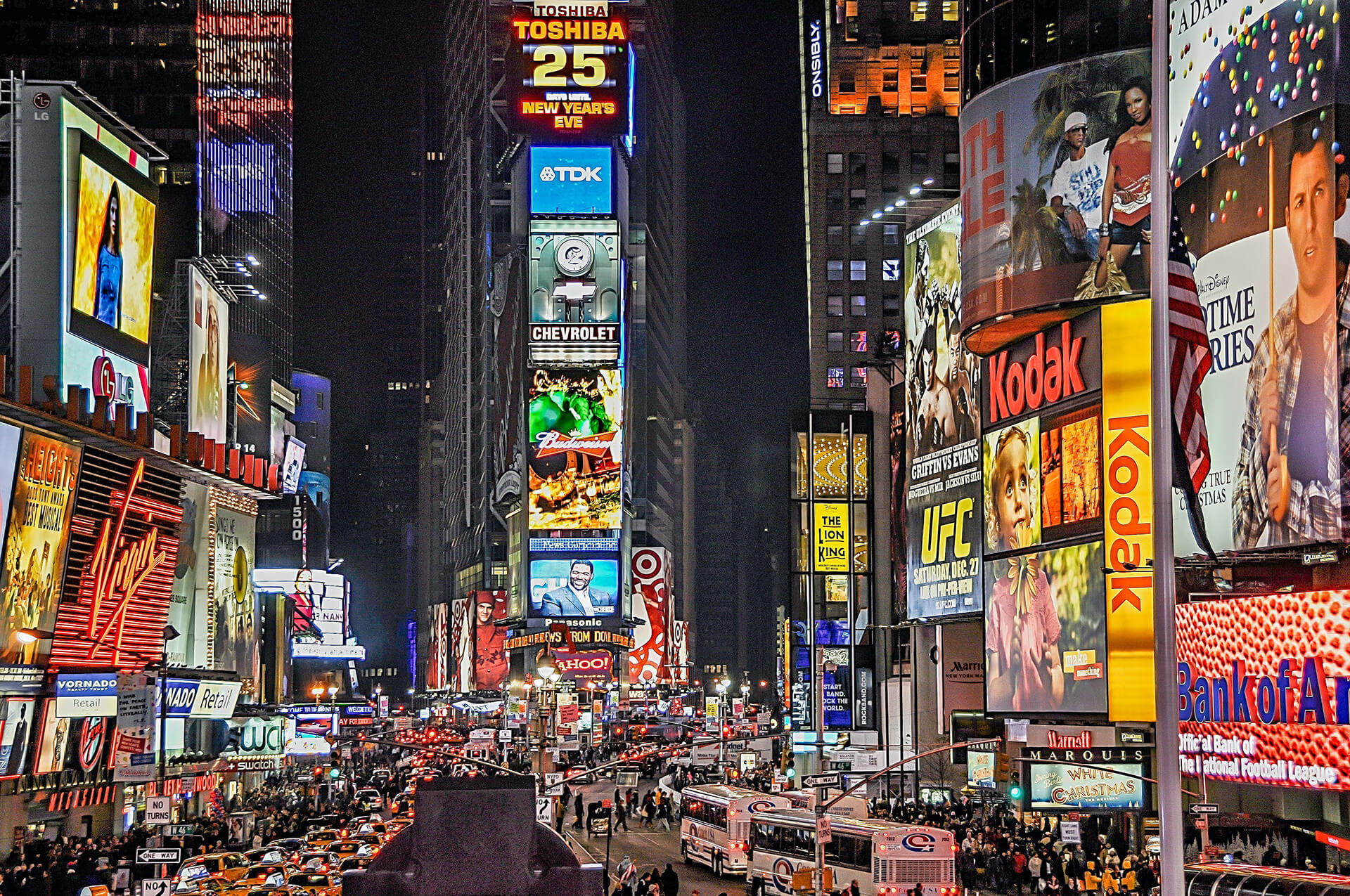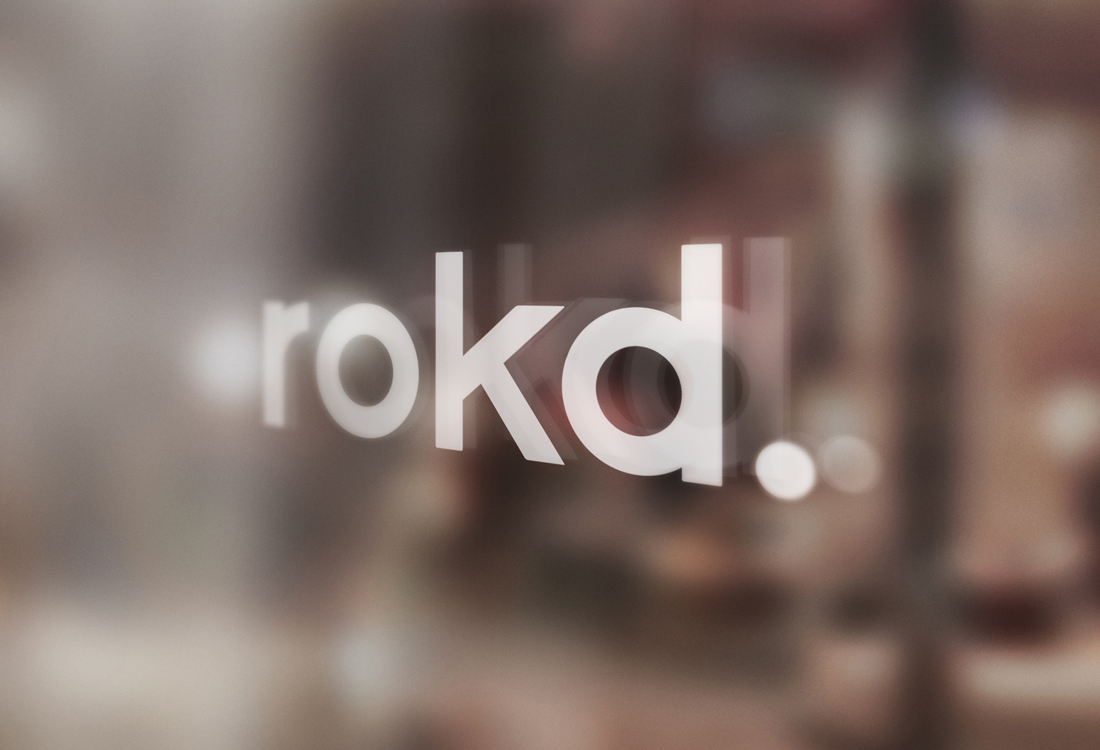
The sensory overload on the web makes contact with customers difficult. Visual communication breaks through that barrier and attracts attention.
Impressions are constantly pelting down on us. That was already the case in the past. But since the digital world has come into being, the influences have become much greater. Every day, we have access to as much information as our great-grandparents did in their entire lives. The constant digital noise is chattering, flashing and shining all around us. Something is constantly demanding attention. If we were to give this unfiltered attention to every pop-up, every advertising jingle and every marketing email, our mental health would be ruined. The brain is designed to concentrate on the essentials for good memory performance. Everything else is blanked out. Like through a sieve, sensory impressions are filtered by the brain according to importance. Only what seems important enough reaches the consciousness.
In this noisy world, it’s hard to catch customers’ attention. It’s not uncommon for them to have two or more screens on at the same time and struggle to focus on many tasks at once when multitasking. Between you and me, that’s not possible. Multitasking is an illusion. Or better, as researchers know, only possible to a limited extent.
Therefore, the first goal in marketing is to capture the attention of the audience.
It is possible to go for a walk and make a phone call at the same time, as physical activity is automatic. And one can drive a car while performing different actions at the same time. The situation is different with decisions and visual stimuli. It is impossible to make two decisions on two different subjects at the same time or to watch two movies at the same time. Here, the only possibility is to direct attention alternately to one task. What gets priority is again decided by the consciousness filter.
Therefore, the first goal in marketing is to capture the attention of the audience. Because this is the only way that the advertising messages are perceived at all and stored by the memory. To get through the awareness filter, real marketing experts have to get to work.
In a world deluged by irrelevant information, clarity is power.
Yuval Noah Harari
Don’t shout louder, communicate better
Clever marketing strategies see the company and its customers as individual realities and create customized solutions. What leads to roaring success for one person may be completely ineffective for another. Marketing knows no general rules that can be applied equally to everyone. With a lot of intuition and know-how, it is necessary to recognize where the customers are to be found, what moves them, and whether their attention is to be gotten with trumpets and trombones or by whispering.
Visual Communication
A picture is worth a thousand words – and above all, it’s an unbeatable way to communicate directly, even with the “lazy” reader. Whereas reading texts requires a certain level of basic interest and personal commitment, images simply work – without any personal input at all. This makes visual communication the ideal medium for advertising. Especially in the digital space, visual content is a valuable information carrier for impatient swipers, clickers, and scrollers. A fraction of a second is enough for an image to achieve its (advertising) effect.
Visual content is ideal for all consumers. Through videos and images, users can get close to a brand effortlessly. With visual storytelling, customers have the chance to not only learn about the product or brand in the shortest amount of time, but also to become emotionally attached. Bonding at the emotional level is the real argument that convinces to buy. After all, it is well known: People don’t buy the goods, they buy what the goods do for them. Most of the time, this is not about practical things, but about emotional needs that are satisfied by the purchase.
In the right place at the right time
To stand out from the flood of information, choosing the right medium is important. It’s not just about the “how”, but also the “where” and the “when”. Or, ideally, the perfect combination. Optimizing content for the device your target audience uses is one of the basic requirements in successful marketing. After all, the message should reach the audience effortlessly and clearly. Knowing which customers will be using certain devices in certain places on the web and when is an important part of marketing strategy. This makes advertising campaigns more efficient and therefore more cost-effective for the company. The motto is: quality not quantity.
With visual storytelling, customers have the chance to not only learn about the product or brand in the shortest amount of time but also to become emotionally attached.
Emotional bond
What will stand out for the target group from the background noise and be so interesting that it is worth the hundred percent attention? The answer is always: the right emotions. Visual advertising can convey emotions in a single image, a short message or in a film in a more surprising, innovative, interesting or original way than any other type of communication. The emotions and positive expectations towards the product or service will influence customers even after the purchase. They will also persuade friends and family to look at the product as influencers on a small and large scale, they will leave better reviews on the Internet and forgive any mistakes more easily.
A study by Antonio Rangel from Stanford University also showed that good marketing goes straight to the brain and has a long-term effect there. This proved how small the connection between the subjective experience of a product and its actual qualities can be because the mere expectation of good quality stimulates the emotional centers in the consumer’s brain.
Breaking through the noise is only the first step
So targeted advertising through visual communication not only has the purpose of persuading customers to make a purchase decision but also brings lasting benefits. But it all starts with breaking through the noise and being seen by customers.

